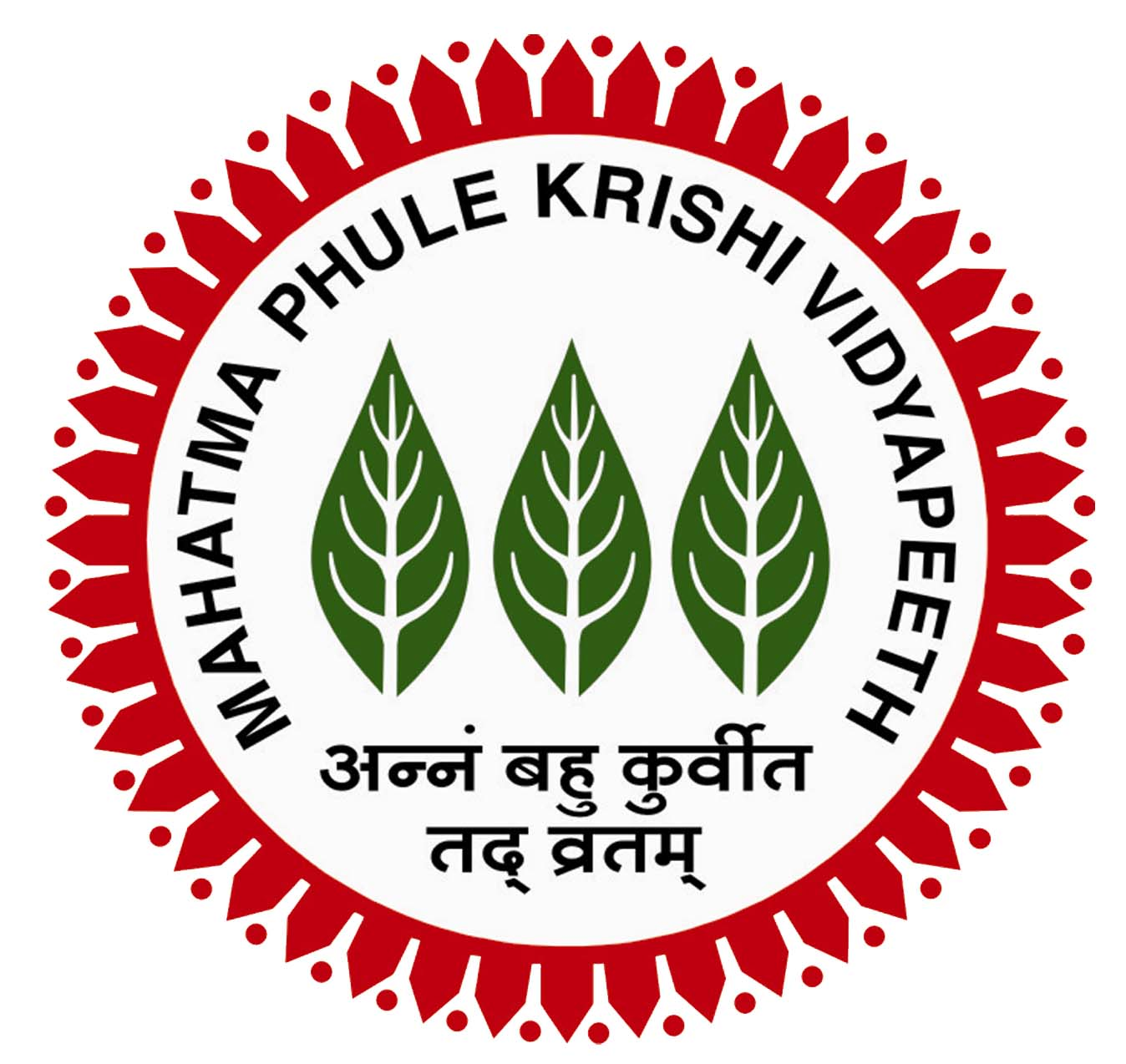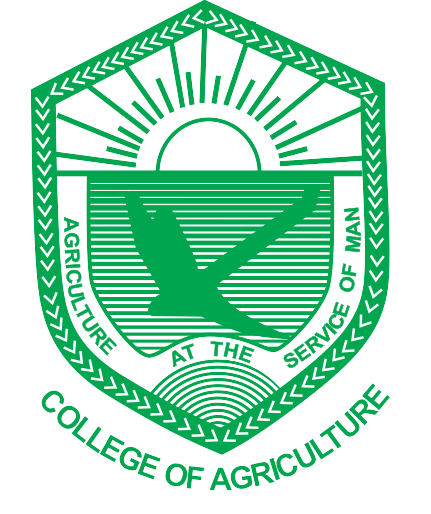About
Investigations Into and Control of Ergot of Bajra
College of Agriculture, Pune-05
Historical background
Among the various constraints in the production of bajra, the incidence of disease especially ergot is the major hurdle since it causes a substantial reduction in the yield of the crop. The disease has been known for a long time. The disease assumes special importance as the grains are easily contaminated by grain replacing sclerotia, which contain alkaloids that affect the health of human beings and animals.
Due to the serious problem of ergot disease during 1950 to 1980, initially, the bajra screening for ergot resistance was started at the College of Agriculture, Pune in 1963.
The research was mainly focused on ergot pathogen viz. Claviceps fusiformis, its control, the study of life cycle and screening for disease resistance. Success has been achieved for management of ergot disease by use of new resistant varieties and chemical sprays etc.
In addition to ergot, the downy mildew disease also posed a serious problem in the year 1974.
Many high-yielding hybrids have gone out of cultivation only due to severe incidences of downy mildew. So the research was then focused on screening of bajra genotypes against downy mildew disease from the year 1975.
This centre has developed a field screening facility i.e. downy mildew sick plot, wherein the bajra genotypes are screened against downy mildew and other diseases and the results are communicated to the concerned breeder. The work on screening and development of resistant varieties has been appreciated countrywide. Many resistant sources identified by this centre have been included in the breeding programme to develop new hybrid/ varieties.

